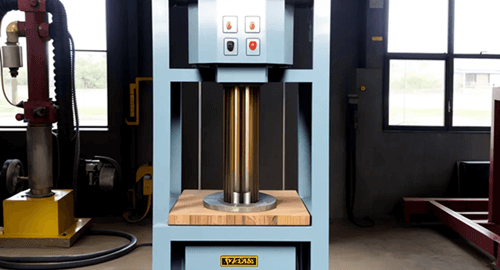When it comes to purchasing a tabletop hydraulic press, it’s essential to invest in a high-quality, robust machine that caters to your specific needs. This equipment is a critical addition to workshops, labs, and small-scale industrial environments that demand precision and power in a compact design. A tabletop hydraulic press should offer you a high degree of control, functionality, and durability. Here are the five key features you need to look for when selecting a tabletop hydraulic press:
Power and Capacity
The first thing to consider is the hydraulic press’s power, which is generally measured in tons. This measurement indicates the amount of force that the press can exert. The capacity needed would depend on the task at hand. For typical tabletop models, you might find anything from 1 ton to 50 tons. Ensure that the press you choose has sufficient power for your intended applications. For heavy-duty operations, consider investing in a high-tonnage model.
Size and Workspace
Given that a tabletop hydraulic press is meant to fit on a workbench, its size is a crucial consideration. Ensure the press fits within your available space without hindering your ability to work comfortably. Equally important is the working area the press provides, considering the size of the materials you’ll be working with. It’s essential that the press has an ample work area to handle your projects safely and efficiently.
Precision and Control
For most applications, having precise control over the pressure is critical. Therefore, look for a hydraulic press that offers adjustable pressure control. This feature allows you to regulate the amount of force applied, ensuring that you don’t damage your workpiece by applying excessive pressure. Some models might also offer digital readouts for enhanced precision and repeatability.
Quality and Durability
The build quality of the hydraulic press is another crucial factor. The press should be built to last, made from robust, durable materials that can withstand repeated use. Ideally, the frame should be made from a strong material like steel to ensure it can handle the high-pressure operation. The hydraulic system itself should be well designed, with a high-quality pump and durable seals to prevent leaks.
Safety Features
Working with a hydraulic press involves a significant degree of risk, so safety should be a top priority. Look for features like a built-in relief valve to prevent over-pressurization, guards to protect against flying debris, and lockout/tagout capabilities for maintenance work. Additionally, some presses come with an emergency stop button for immediate halting of operations in case of an emergency.
For the best tabletop hydraulic press, visit this website.
